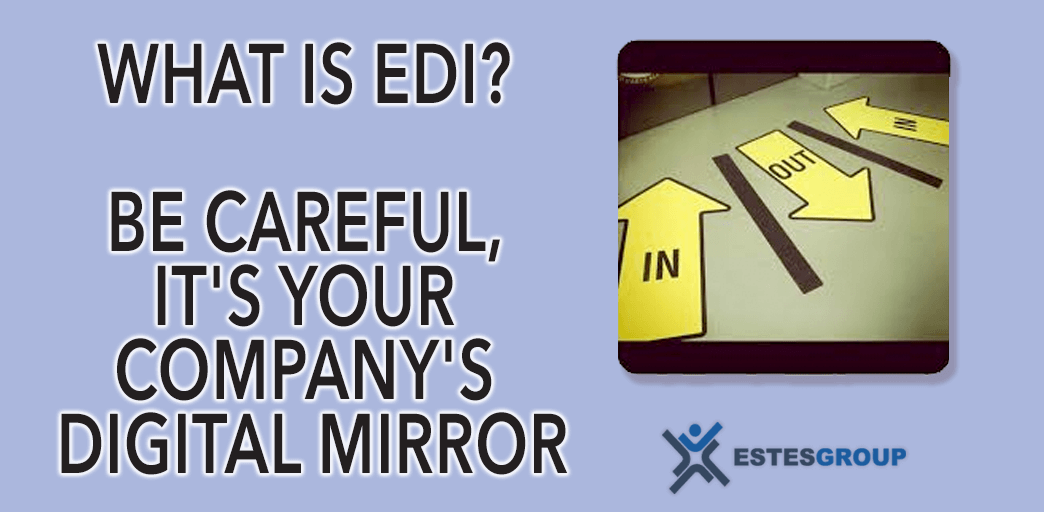
EDI Not Working? Try Picking Up the Phone. Communication is Key to Problem Solving.
One of the greatest challenges to having a successful Electronic Data Interchange (EDI) process will be determined by the data being sent to you and what your system will do with that data. In many cases, translation tables can be placed that will autocorrect incorrect data. But what if that data is not just incorrect, but corrupted or just plain invalid? Even though Electronic Data Interchange services are designed to be an automated process, manual intervention is still required to ensure the integrity of the data being received. If this data is not found and managed at the beginning of the EDI process, issues will occur that could derail the EDI process right from the start. To enhance success a proactive approach is required. This is where communication with your partners becomes critical. With constant communication with partners, customers and suppliers, your EDI setup will have fewer issues, and the ones that do occur will be much easier to manage and correct.
One instance that comes to mind was with a customer who sent daily and ten-day forecasts every workday. These forecasts contained firm orders that needed to be filled correctly each week. For weeks, an incorrect quantity was being shipped from our business to this customer. After multiple weeks went by, our inside sales rep finally brought the issue to my attention that either the incorrect order quantity was shipped out, or that the inside sales rep had to call the customer for confirmation of the quantity needed before shipment. Until this matter was corrected, our customer was certain that it was an issue on our side and we were to blame for their inability to produce their required products to their customers, causing our customer a great deal of problems.
After being able to review the raw EDI files data it was determined that the issue was arising on our customer’s end and not ours. Their ERP Electronic Data Interchange services system’s materials requirements were not set up with the correct required quantities and in turn produced an incorrect sales order on our end. Once the partner was able to get this corrected in their system, we started to see the correct quantities in orders and the partner started to see the correct quantities received.
This just shows that even though EDI is an automated process, manual interaction is needed throughout to proactively handle issues and provide effective EDI solutions and management. Without it, an issue like this could have taken even longer to discover and even longer still to get the proper research and solution in place. These sorts of issues erode trust with the EDI process even when the process is working as intended. With incorrect or corrupt system data, the EDI process, no matter how well the EDI mapping setup was done, will falter and fail to give the results needed to run your business the way you need it to. This is not the type of reflection you should want your partners receiving back from your digital mirror.


